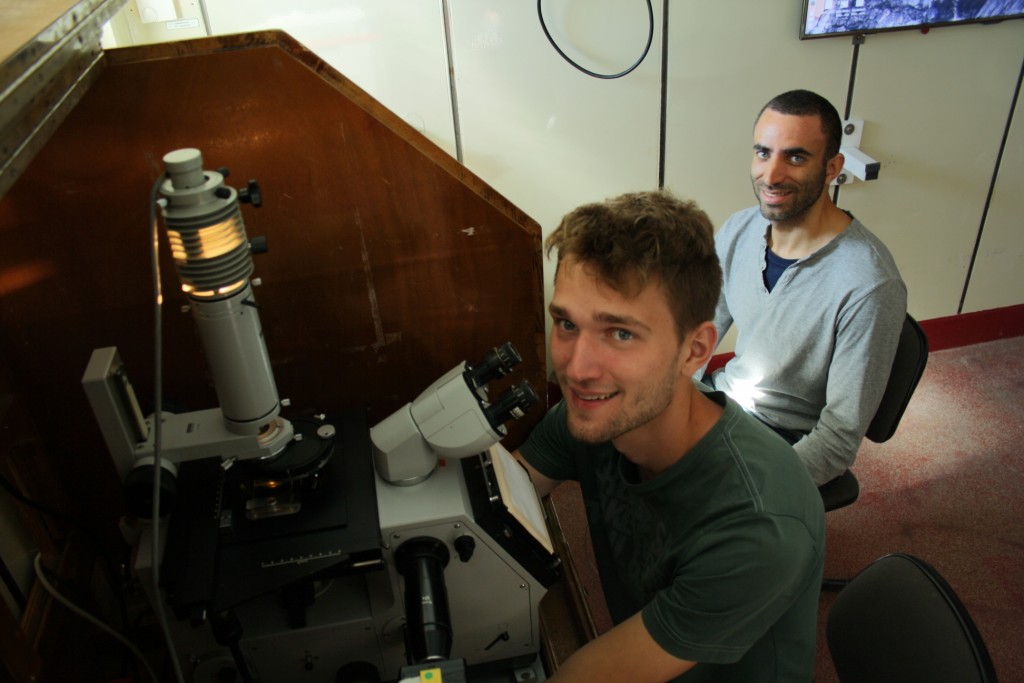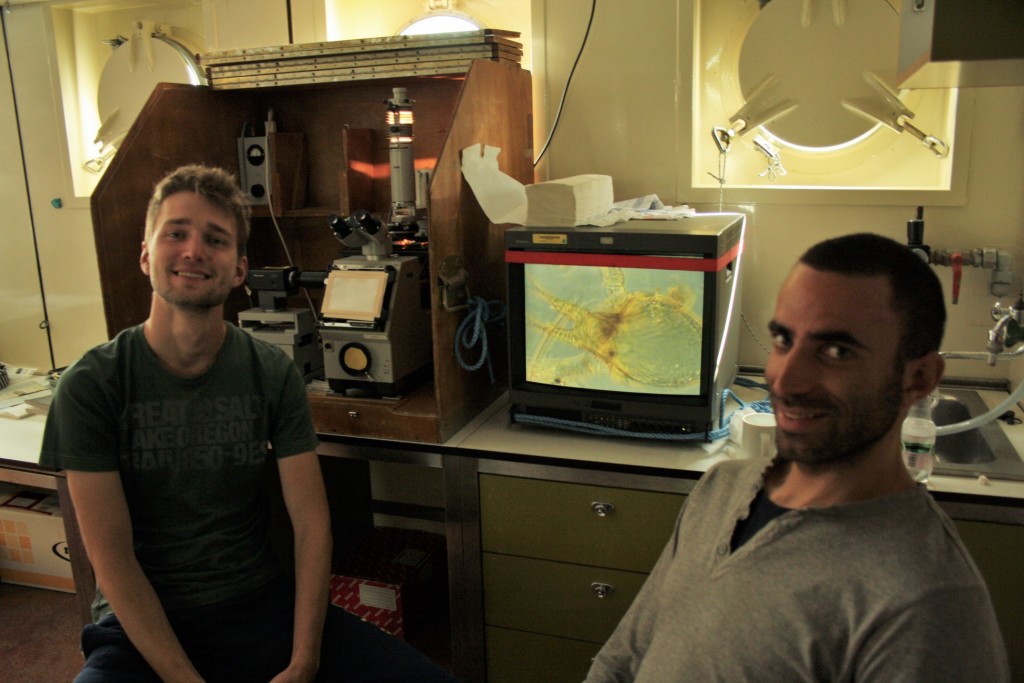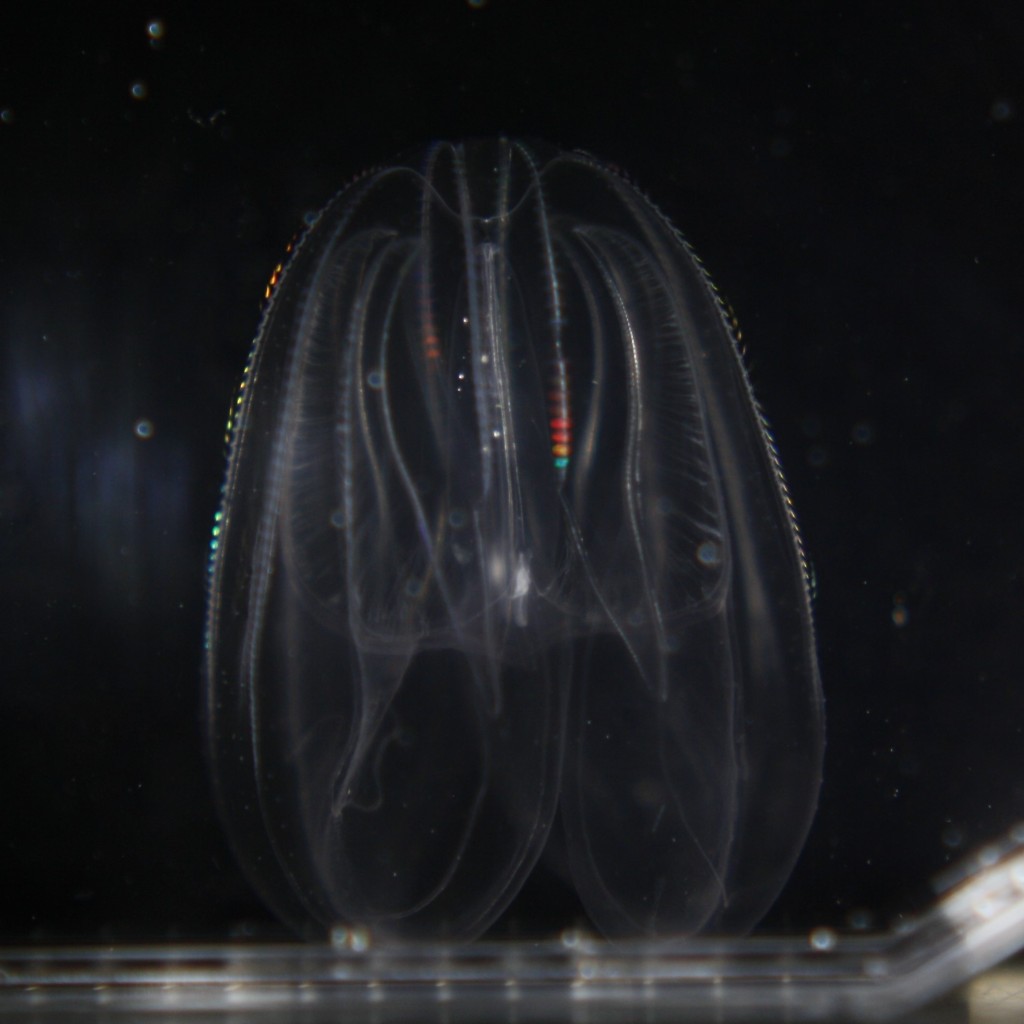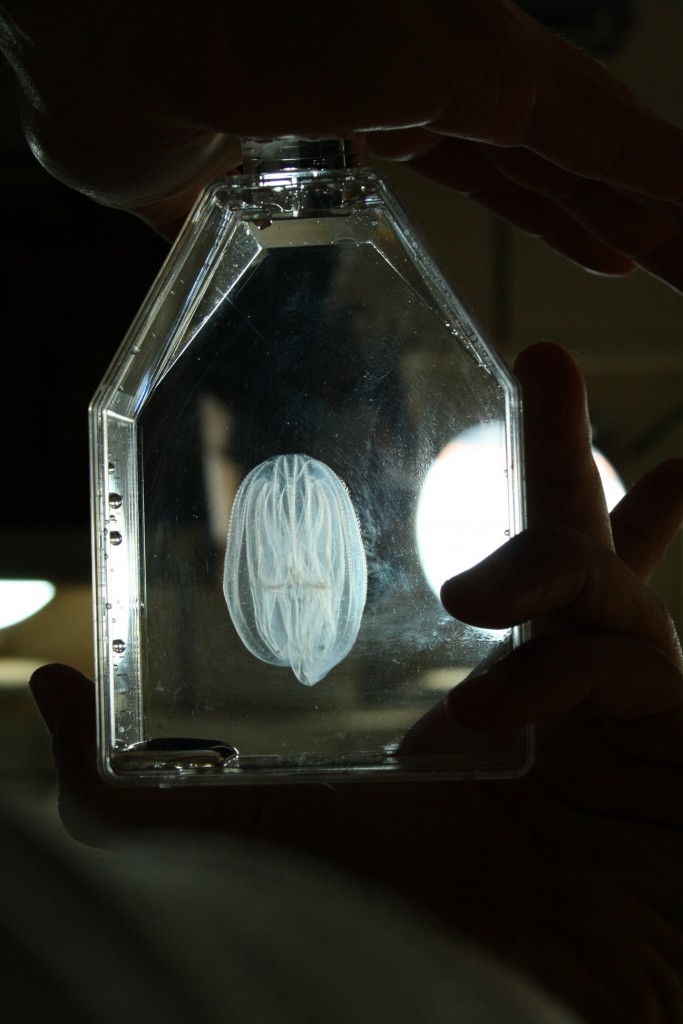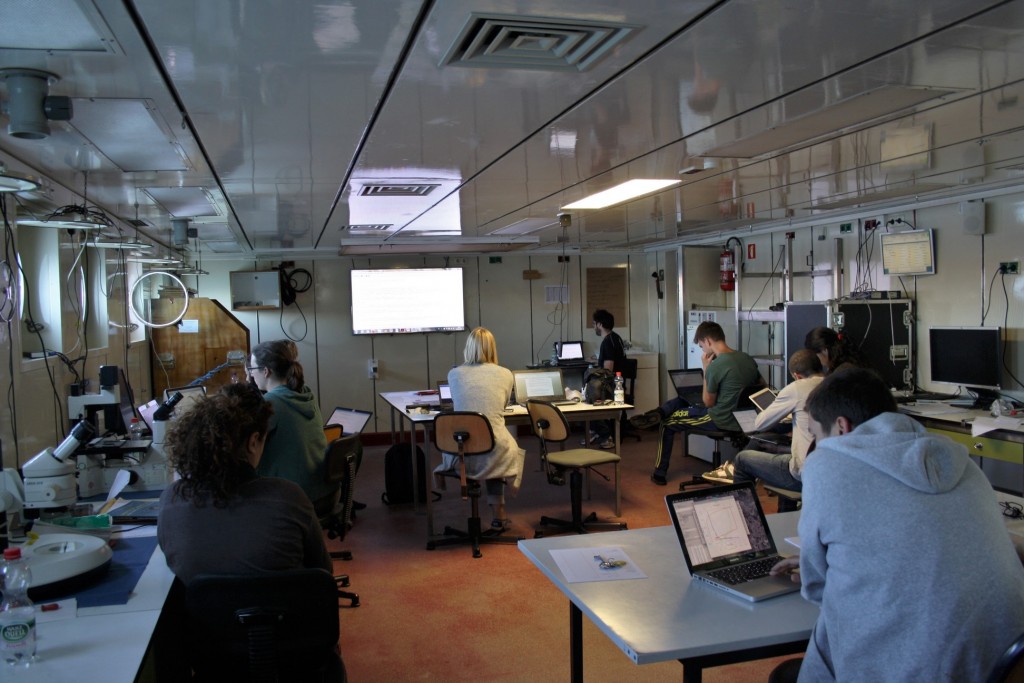“To date, we have explored less than five percent of the ocean.”
That leaves only the %95 of the ocean to be discovered!
You might wonder, which part of this unexplored world we chose to investigate during our “Praktikum auf See” excursion? We started from the Baltic Sea, continue with Danish Strait (Kattegat) and reach almost to the North Sea (Skegarrak). Well, all of them are in the well studied 5% waters. However, exploring ocean have so many dimensions. Even in familiar waters, all organisms have a complex system and interactions that mankind still knows so little about! We, as the Master’s students of Biological Oceanography, want to put our theorotical knowledge from our first year into practice and have a look to this dynamic marine life by ourselves.
First things first: Big fish eat the little. But, fish are only one group of animal in this diverse food web. All other groups in various sizes have their role to eat or to be eaten: plants, algae, jellyfish, planktons and so many more. As the nature is so complex, to figure out who eats whom is a very hard question to answer. For that reason food webs that scientists produce look a bit entangled. In our cruise we choose to look to the relationship of jellyfish and their prey. We will talk more about the planktonic life and food webs in the following posts.
Now, here are some news from our last two days in Copenhagen:
We collected our samples from the stations (the exact coordinates on marine area, chosen by the chief scientist to take our samples) from the Baltic Sea, and wanted to analyze them right after we collect on board. But as the weather changed on Friday, we experienced that using a microscope to count plankton with high waves was not so easy to do. So when we arrive to Copenhagen to escape the storm, we had plenty of samples to count!! Here are some pictures to show how we spent our days in Copenhagen.
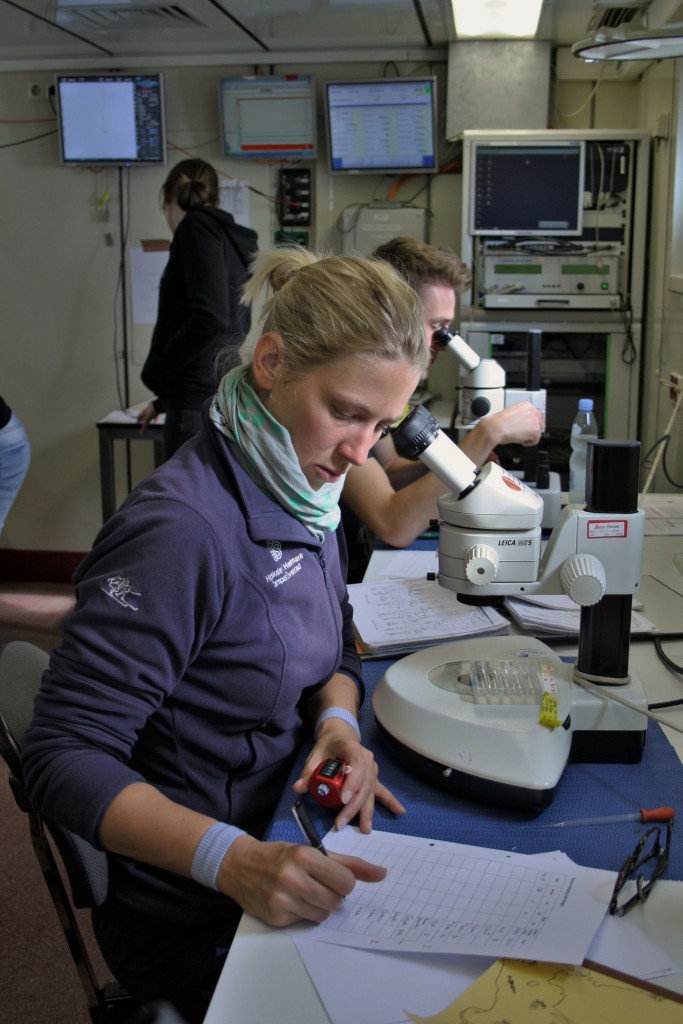
Here is Dorthe counting. What is she counting? –Mesozooplankton. You need to wait for our plankton blog post to learn more about them! Picture by Serra Örey.
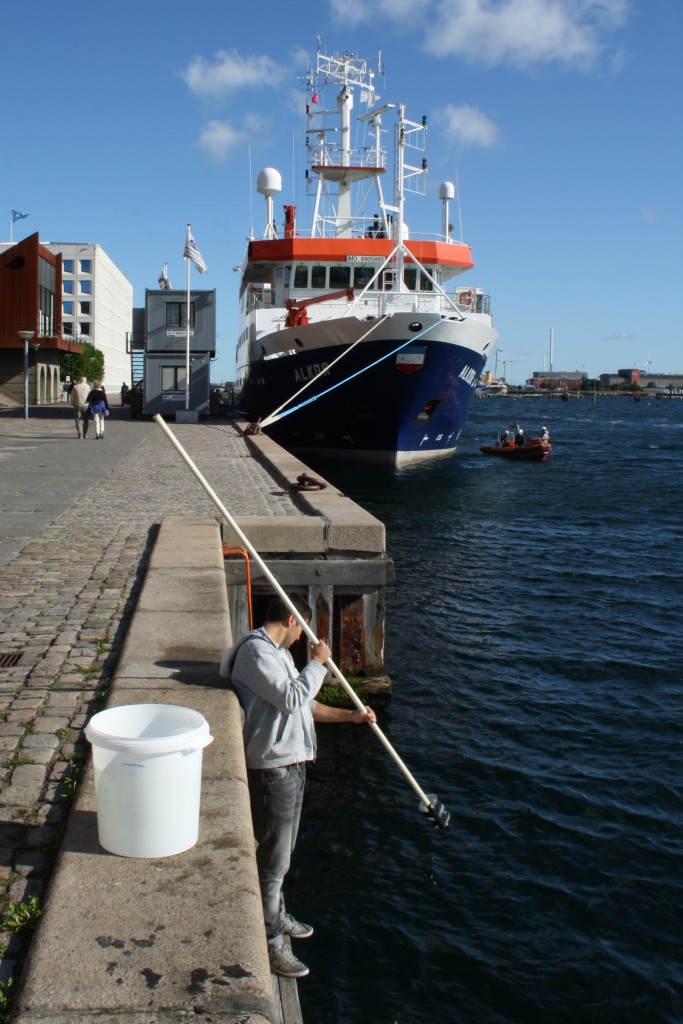
Moritz is jellyfishing to catch some Mnemiopsis leidyi for experiment in Copenhagen harbor. Picture by Serra Örey.
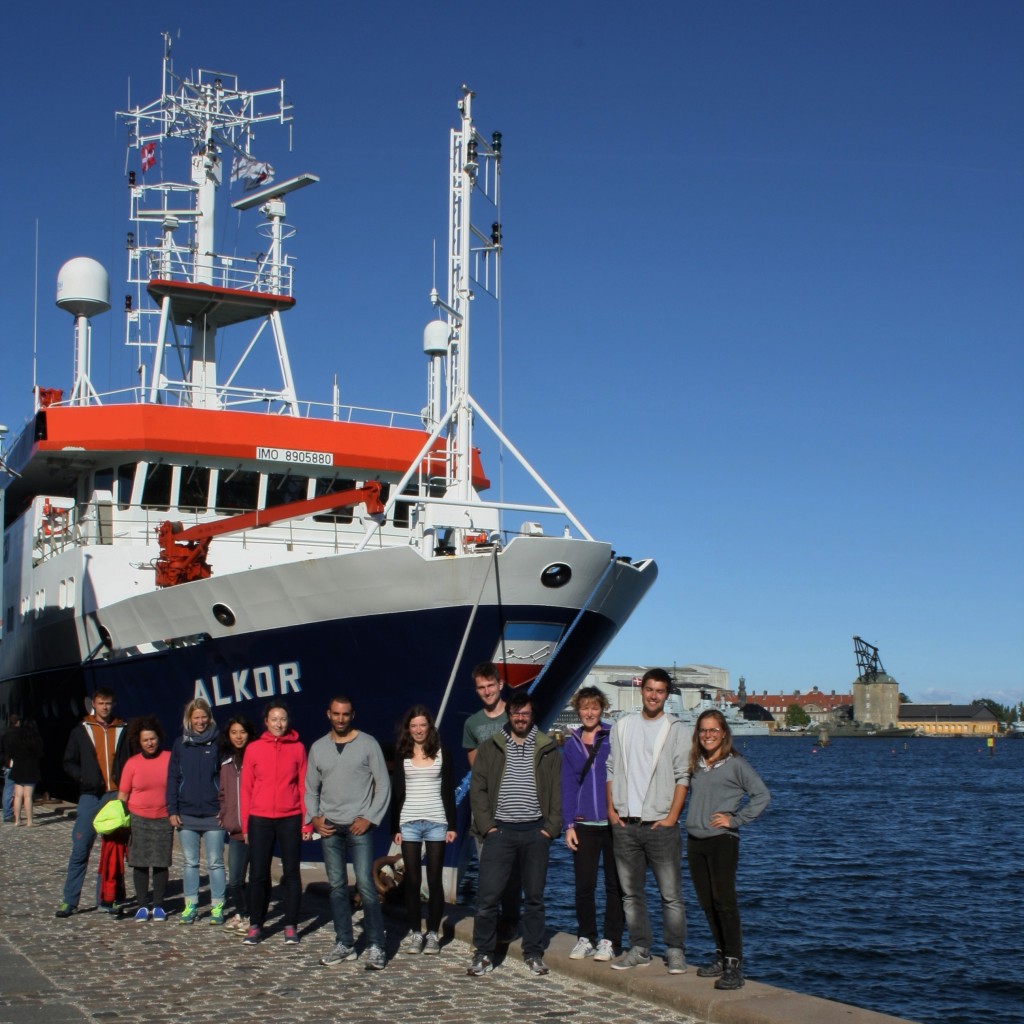
Group picture in front of Alkor in Copenhagen. Sunny greetings to all our followers! Picture by a friendly Danish person.
Now we are back at the sea and continue sampling on our way to Kattegat and Skagerrak. 🙂 You will hear about them later.
Blogger: Serra Örey, MSc. Student of Biological Oceanography
